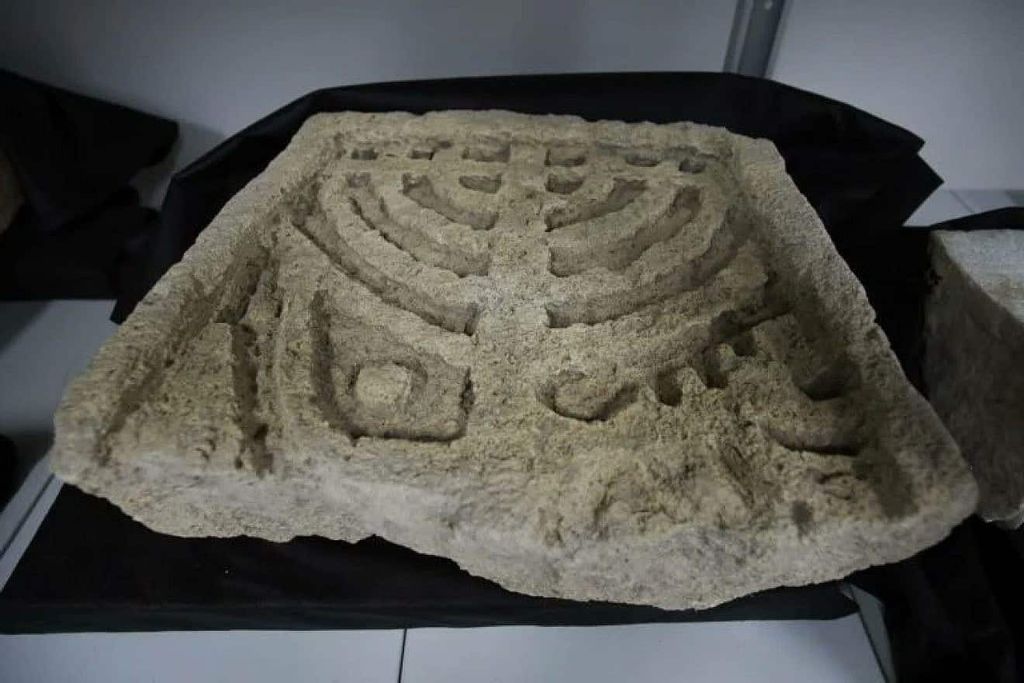Researchers from the Russian Academy of Science concluded that the synagogue operated from at least the early first century C.E
Researchers from the Russian Academy of Science concluded that the synagogue operated from at least the early first century C.E

Archaeologists have unearthed a synagogue in Russia dating back to the Second Temple Period. The structure was part of the ancient Greek city of Phanagoria, located near the Black Sea.
Researchers from the Russian Academy of Science have concluded that the synagogue operated from at least the early first century C.E., based on marble tablets inscribed with “house of prayer” and “synagogue.” It is estimated to have stood for 500 years until the sixth century, when the city was sacked by barbarian tribes.
Russian billionaire Oleg Deripaska’s Volnoe Delo Foundation is providing financial support for the excavation work, which has been taking place since 2004.


“The synagogue’s foundational structure and wall outlines, carefully preserved over time, were unearthed along the Black Sea’s picturesque Taman Peninsula,” said Ruben Bunyatyan of the Foundation to Neos Kosmos, a Greek community newspaper based in Melbourne, Australia.
The archaeologists reported that the synagogue’s rectangular dimensions were 21 by 6 meters (19.69 feet) (69 by 20 feet (6.10 m)). It was split into two chambers, each more than 60 square meters (645 square feet) in area.
Other discoveries include marble menorahs and a liturgy table, as well as a stele from the fifth century C.E. inscribed with the Greek word “synagogue.”
Phanagoria was founded in 356 BCE by Greek colonists from Teos on the western coast of Anatolia who fled Asia Minor after their conflict with the Persian King Cyrus the Great. The city served as the capital of the Bosporan Kingdom and was an important trade hub connecting the southern Caucasus with the Maeotian Marshes.


The Second Temple was built upon the ruins of the First Temple and stood in Jerusalem from 516 BCE until 70 C.E. when it was destroyed by the Romans.
“All religious ceremonies were centered around the Temple, rendering synagogues a rarity. While the earliest synagogues date back to the third century [BCE], their construction proliferated notably during the third century [C.E.]. Thus, the Phanagoria synagogue stands as a pioneering example of these early centers of worship, casting light on an era of Jewish history rarely glimpsed,” said Bunyatyan.
Produced in association with Jewish News Syndicate
Edited by Judy J. Rotich and Newsdesk Manager

